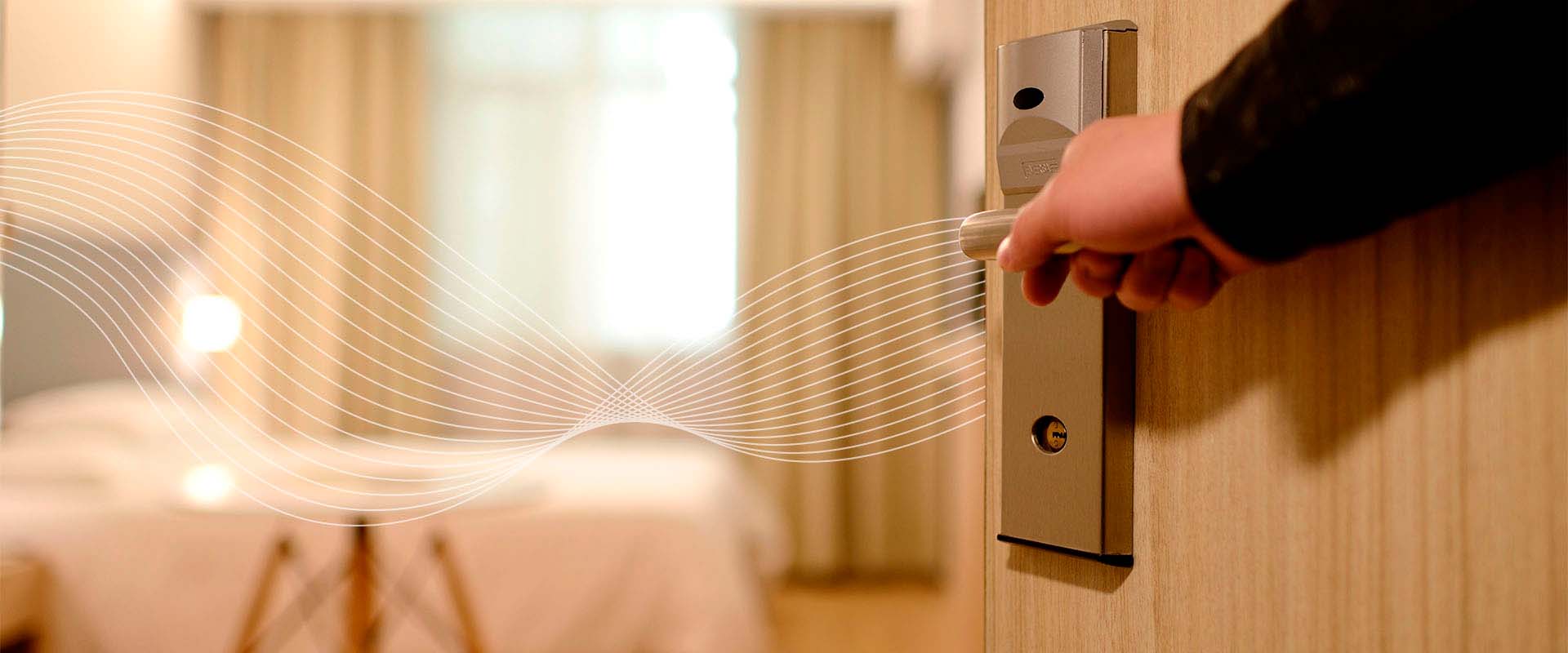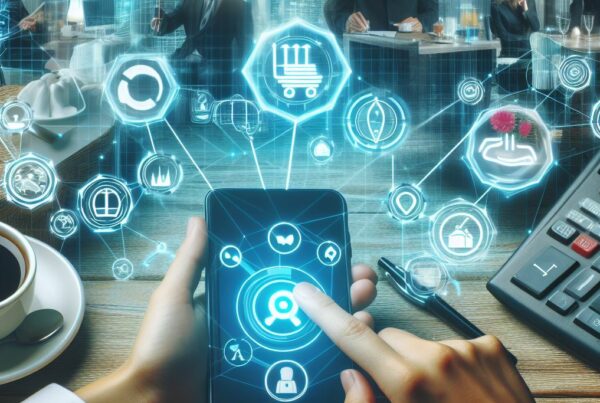Near Field Communication, or more commonly called NFC, is a technology that has been with us for a few years. We use it daily to pay contactlessly with a credit card, mobile phone or smartwatch, but nowadays it has many more applications.
In the hotel sector, it is applied today in bracelets, key chains or cards, which allow the identification of visitors, access controls, payments or data collection in the hotel. It is based on NFC technology for wireless communication, a short-range, high-frequency connection.
It is used to check-in and check-out without contact, to hire services or rent products, control the influx of some areas of the hotel, access areas such as the gym or spa… Do you want to know everything that NFC bracelets can do in your hotel? Then keep reading.
What is NFC technology?
NFC stands for Near Field Communication. It is a wireless technology that was created to be used in mobile phones and devices. Although, as we will discuss in this post, it is also applied to NFC wristbands. It is perfect for instant communication, for example for the identification of teams and people.
The main benefit of this technology is the speed in which it works, it is almost instantaneous and does not require prior pairing. Of course, the range of NFC technology is very small, reaching a maximum of 20 cm. This is not a problem because it is used to share information on site. In fact, NFC bracelets work by bringing the object closer to a control point, be it a dataphone, a door or a mobile device.
How do NFC wristbands work?
Guests receive NFC wristbands upon check-in at the hotel. The bracelet allows them to open the door of their room, access spaces such as a gym or swimming pool, pay for drinks or food or for any extra product or service offered by the hotel. This way, customers do not have to carry credit cards or cash while they are at the hotel. In addition, the chip inside the bracelet is hermetically insulated, so NFC bracelets perfectly resist humidity, water or sweat.
The operation of NFC wristbands is simple. They have inside a radio frequency chip or NFC tag that is recorded with the information that the customer wants (identification data, linked credit card…).
When approached to a reader, the wristband transmits a low power radio signal that is picked up by the reader or POS terminal. The connection is made in less than a second.
What can NFC bracelets be used for?
NFC technology is used in situations where it is necessary to exchange data wirelessly, for example to identify yourself, to make payments, to access places or to collect data. These are different uses (at the moment) of the NFC bracelets:
- Identification: access to places or the use of devices or tools where identification is necessary simply by bringing the NFC bracelet close to a reading device. They are not only valid for guests but also for employees. The most obvious example is to open the door of the room with the NFC wristband.
- Task automation: NFC tags are small stickers that we can place at different points in the hotel so that when the mobile is placed over them, they perform automatic actions. To open a door, to open a locker, to unlock the use of a tool…
- Contactless payment: no doubts, it is the payment method of the future. A credit card can be associated with the bracelet to automate payments. This allows spending per guest to be increased.
- Loan system. You will be able to configure a catalog with objects available for guests, deliver them when they need them, and keep track of all the objects on loan.
- Improved experience. Minimize management errors and ensure that operators obtain correct and accurate information from the guest. For example, allergies or food requirements, restrictions for minors or consumption limits based on the needs of each guest.
- Data collection: everything your guests do using their NFC wristband will be recorded and you will be able to analyze and use this data. This can be very useful to recognize behavior patterns, see which services or products are most in demand… In short, this data of our guests’ experience is valuable information to continuously improve customer satisfaction.






